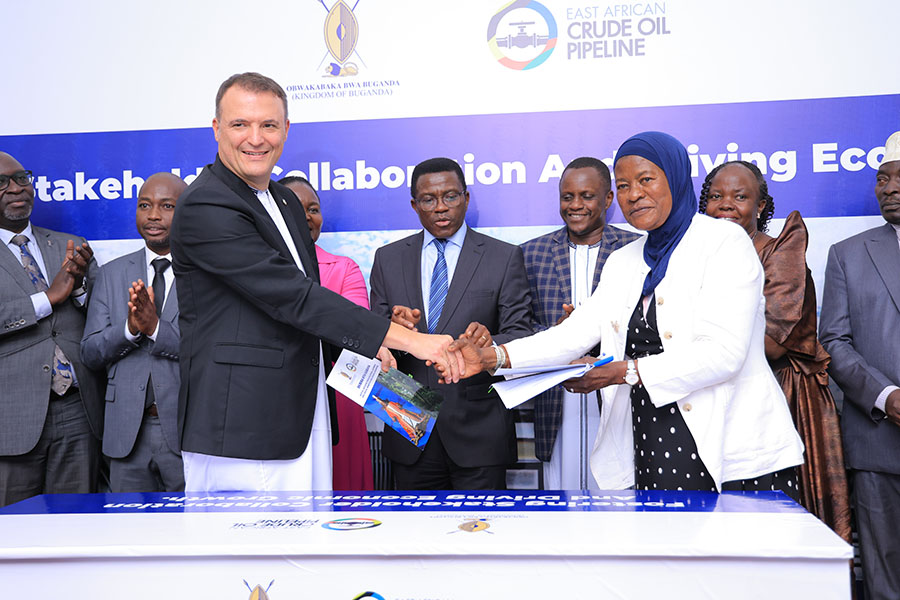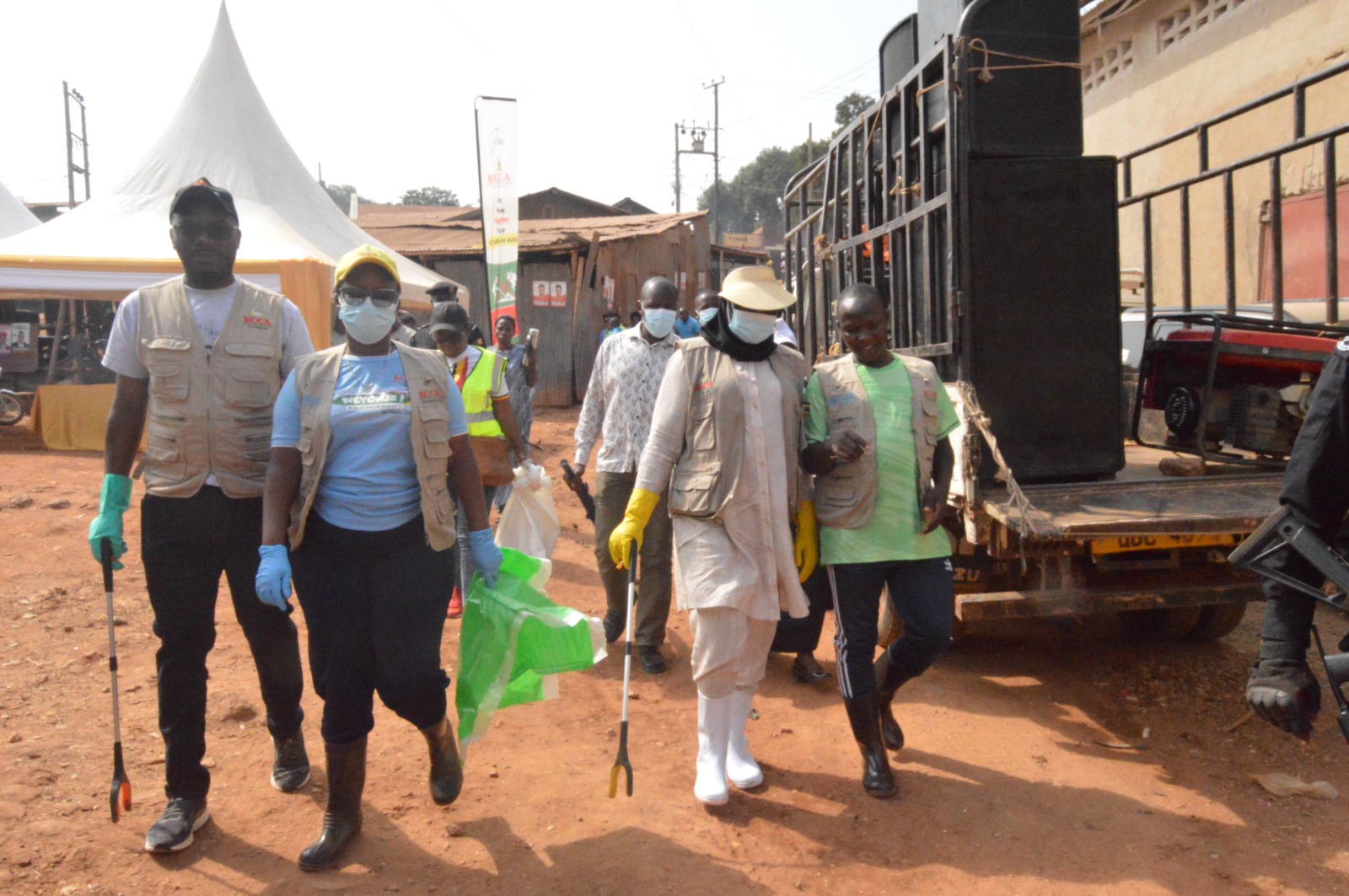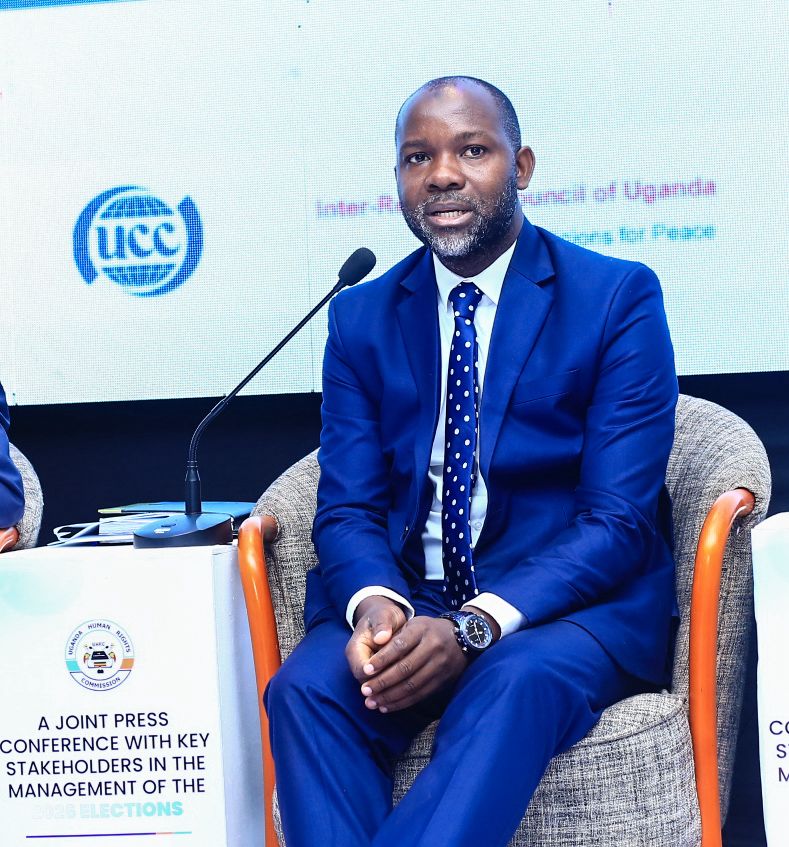The East African Crude Oil Pipeline (EACOP) and Buganda Kingdom have signed a Memorandum of Understanding (MoU) to promote environmental conservation and community development, focusing on tree planting and the construction of a modern sports centre in Masaka City.
The agreement signed this week at Bulange in Kampala, aligns with EACOP’s social and economic investment priorities, which emphasise environmental protection and youth empowerment along the pipeline route.
Under the deal, the Buganda has committed 120 acres of land for tree growing as part of the Ekibira Kya Kabaka initiative, aimed at restoring ecosystems.
An additional 10 acres will be provided for a state-of-the-art community sports centre in Buddu County, Masaka District. EACOP will contribute financially to the centre’s construction, which is designed to nurture young talent, promote fitness, and foster community unity.
Speaking at the signing ceremony, EACOP managing director Guillaume Dulout said: “This MoU reflects our long-term commitment to advancing sustainability and socio-economic development. By restoring ecosystems through tree planting and supporting the sports centre, we are investing in initiatives that will deliver lasting value for communities and the environment.”
Katikkiro Charles Peter Mayiga welcomed the partnership.
“The Kingdom cherishes collaborations that address urgent challenges such as climate change, environmental conservation, and youth empowerment. Through Ekibira Kya Kabaka and the new community sports centre, we are working with EACOP to create a legacy of resilience, opportunity, and growth for our people,” he said.
The pipeline traverses 296km in Uganda, passing through 10 districts and 25 sub-counties, with seven districts falling within the Buganda Kingdom. These cover 130 villages across four of the Kingdom’s 18 counties.
EACOP is a 1,443km infrastructure project that will transport Uganda’s crude oil from Kabaale in Hoima to the Chongoleani peninsula near Tanga in Tanzania for international export. It includes a 24-inch insulated and buried pipeline, six pumping stations, two pressure reduction stations, and a marine export terminal.







